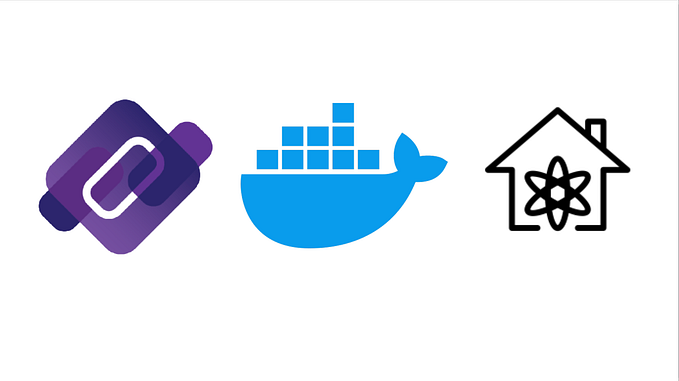Member-only story
I’ve been working with MQTT messaging and wanted to share some insights about it. MQTT is a powerful and scalable messaging protocol that enables real-time communication between devices, applications, and cloud services. Its ability to facilitate low-bandwidth, lightweight communication makes it crucial in industries like IoT, finance, logistics, and gaming. What’s special about MQTT is its scalability, reliability, and seamless integration with cloud services. In this post, we’ll explore why MQTT is essential, its global use cases, how it works, and provide Python examples to help you get started.
Global Use Cases of MQTT
1. Internet of Things (IoT) and Smart Cities
- MQTT is widely used in IoT applications to enable real-time telemetry and device control.
- Example: Smart meters, home automation, connected vehicles, and industrial IoT (IIoT) use MQTT for efficient data exchange.
2. Financial Services and Stock Market Streaming
- Financial institutions use MQTT for real-time trade execution, market data distribution, and fraud detection.
- Example: Streaming stock price updates to thousands of traders with minimal latency.
3. Supply Chain and Logistics
- Helps in tracking shipments, optimizing routes, and providing real-time inventory updates.
- Example: A global retailer tracking its shipments across different distribution centers in real-time.
4. Gaming and Real-Time Chat Applications
- Multiplayer gaming, real-time messaging, and notifications are enhanced with MQTT.
- Example: A multiplayer battle game using MQTT for sending position updates instantly.
How MQTT Works
1. Establishing Connection:
- To get started with MQTT, the client (either a publisher or subscriber) needs to connect to…







